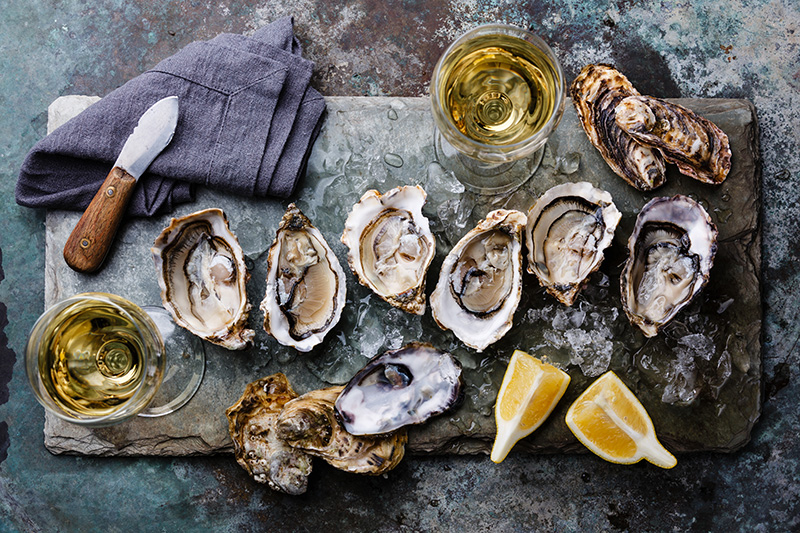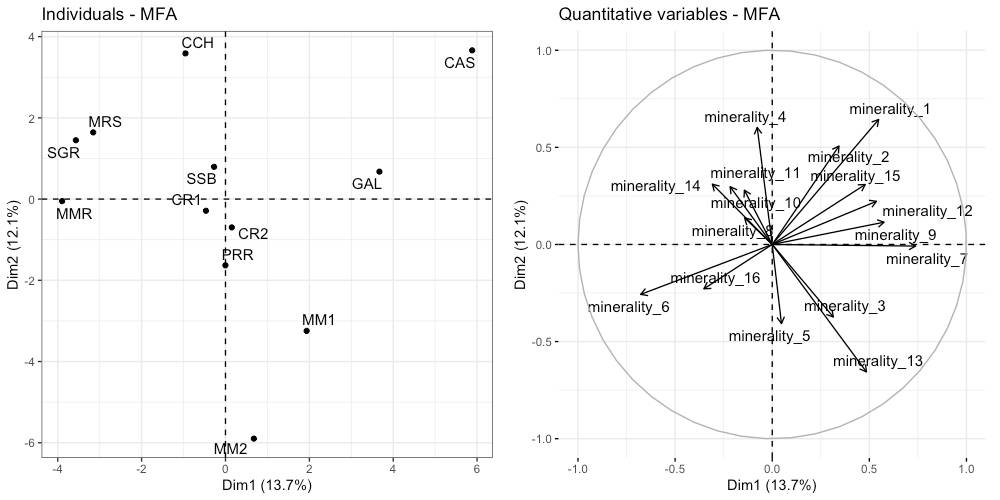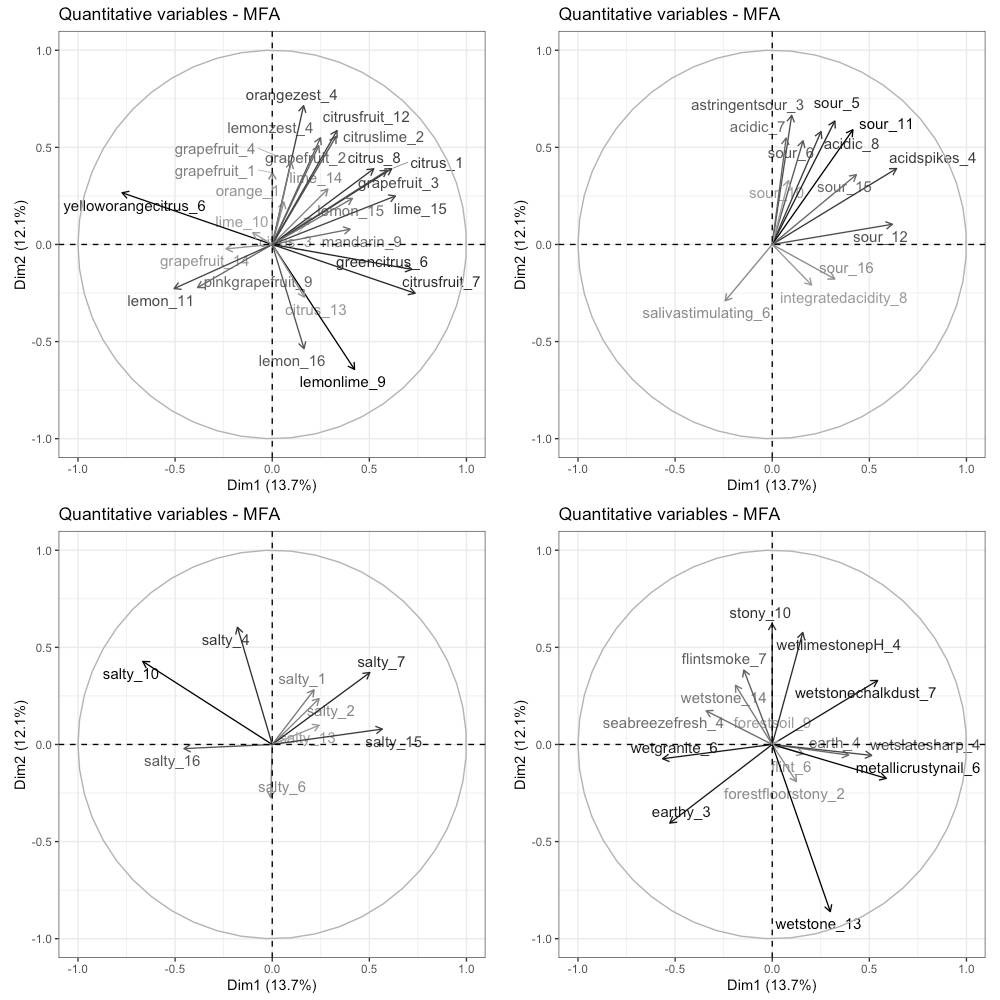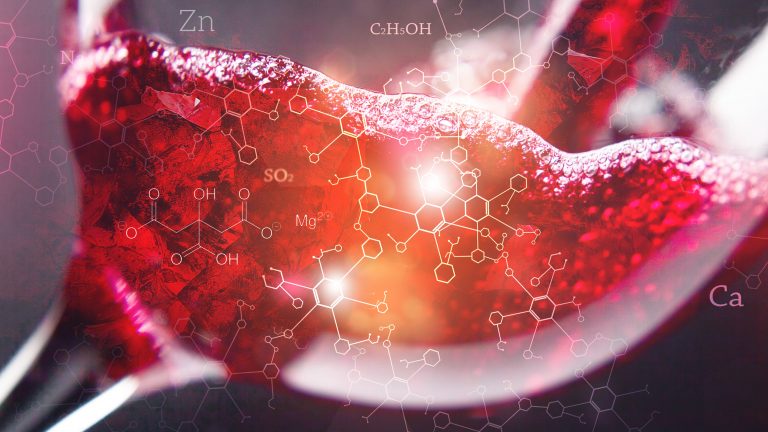Use of the term minerality as a wine descriptor is trending. Soil minerals taken up by the grapevine cannot directly impart any flavor to wine, yet increasingly widespread use of the term indicates minerality must nonetheless serve an important function in communicating something about wine.

As part of an ongoing international research effort to better understand and define minerality, wine experts were invited to the Weincampus Neustadt on the 25th of September 2023 to judge several white and rosé wines from around the world, from varieties and styles commonly thought to exhibit minerality. A relatively new method of sensory evaluation called Free-Choice Profiling was used: rather than rating wines with a predetermined or collectively decided list of descriptors, each judge was asked to develop their own, entirely idiosyncratic vocabulary (in addition to minerality) to describe aroma, taste, and mouthfeel. This allowed us to explore inter-individual differences in how minerality is conceptualized and perceived.
Three groups of judges were identified, each considering different wines to be the most mineral:
- Group A: Judges 1, 2, 7, 9, 12, and 15 associated minerality with the Assyrtiko from Crete, Greece (CAS) and the Albariño from Galicia, Spain (GAL), located toward the upper-right of these “maps.”
- Group B: Judges 3, 5, and 13 found the Muscadet (Melon de Bourgogne) from Loire, France (duplicates MM1 and MM2), toward the bottom, to be most mineral.
- Group C: Judges 4, 6, 8, 10, 11, 14, and 16 thought several wines toward the upper left had the most minerality: the Malbec rosé from Mendoza, Argentina (MMR), the Grenache rosé from Swartland, South Africa (SGR), the Riesling from Mosel, Germany (MRS), and the Chardonnay from Chablis, France (CCH).

Located in the center, the Sancerre (Sauvignon blanc) from Loire, France (SSB), the rosé from Provence, France (PRR), and the rosé from Campania, Italy (duplicates CR1 and CR2) were generally not to exhibit much minerality.
Descriptors that the judges most frequently associated with minerality belong to one of four semantic categories:
- Citrus: Words such as lemon and grapefruit were generally used to describe CAS and GAL. Given the majority of arrows in the map below point toward the upper-left, we might conclude that most judges share a common understanding of citrus flavor in wine.
- Sour: There is a similar consensus for descriptors related to sourness and acidity, with most arrows again pointing to the upper-left.
- Salty: The arrows indicating saltiness point are spread out across the upper half of the map, away from MM1/MM2. However, despite being used by more than half of the judges to describe the other wines, there does not appear to be a clear consensus as to what saltiness really means.
- Geological: Terms related to the earth and various stones were commonly used by the judges, but given their arrows point in all directions, there is again no clear consensus as to what these terms really mean.

These findings suggest there is a semantic consensus: people generally know that minerality should be associated with citrus, sour, salty, and geological terms. However, for the last two categories, there is no perceptual consensus: it seems people do not agree on what these descriptors actually taste or smell like. Perhaps there is a gap between what wine tasters have been socioculturally conditioned to say and what we actually perceive by the senses.
Thi Nguyen Weincampus Neustadt
